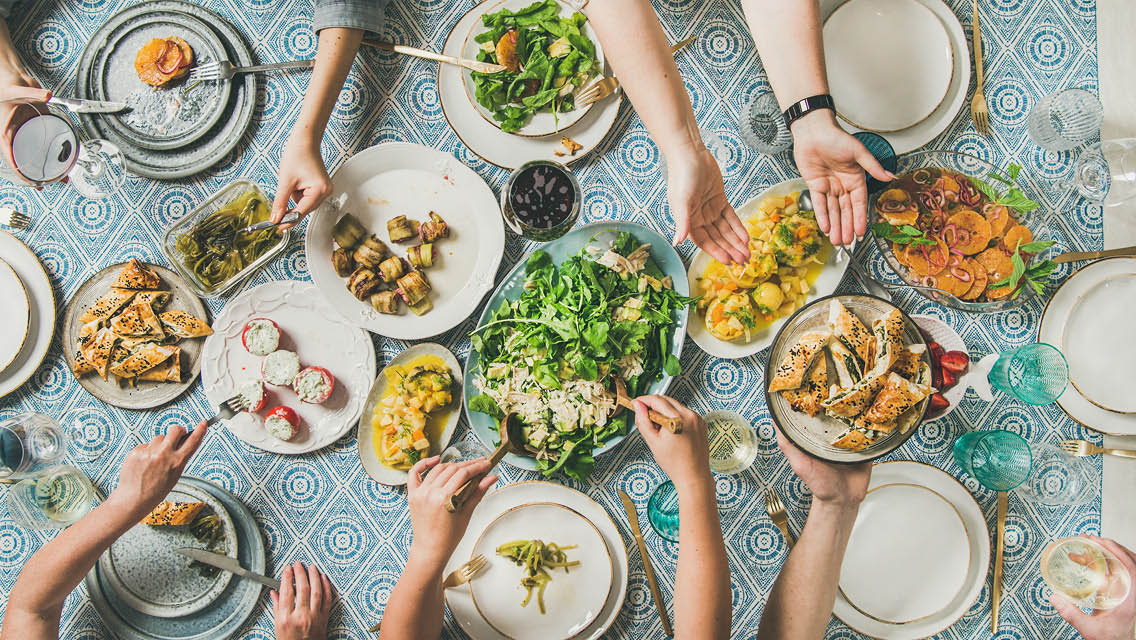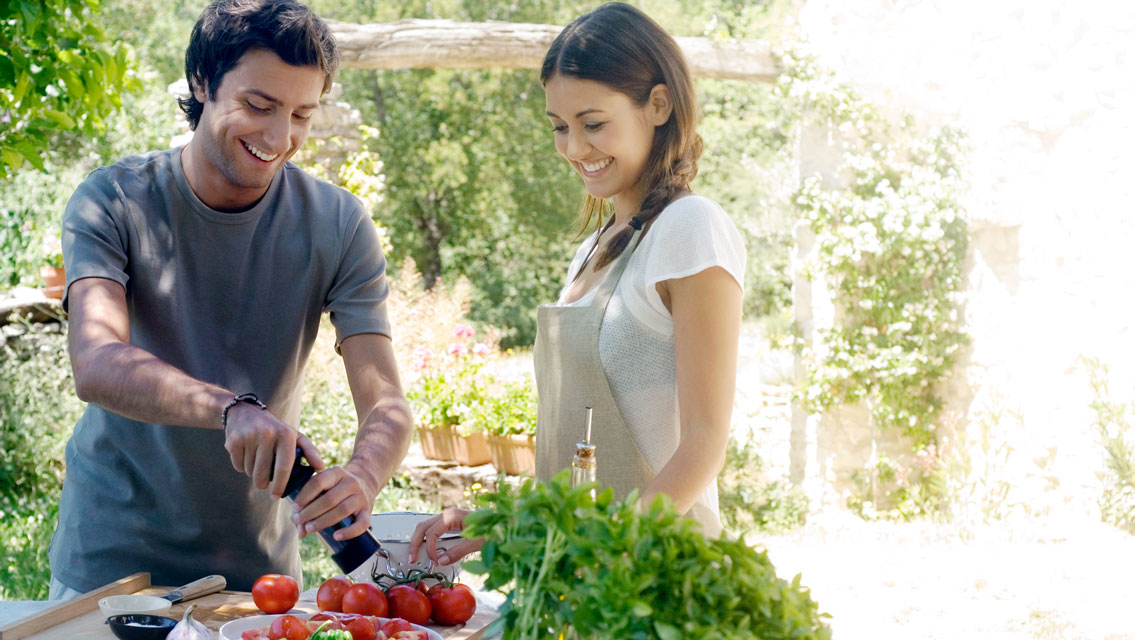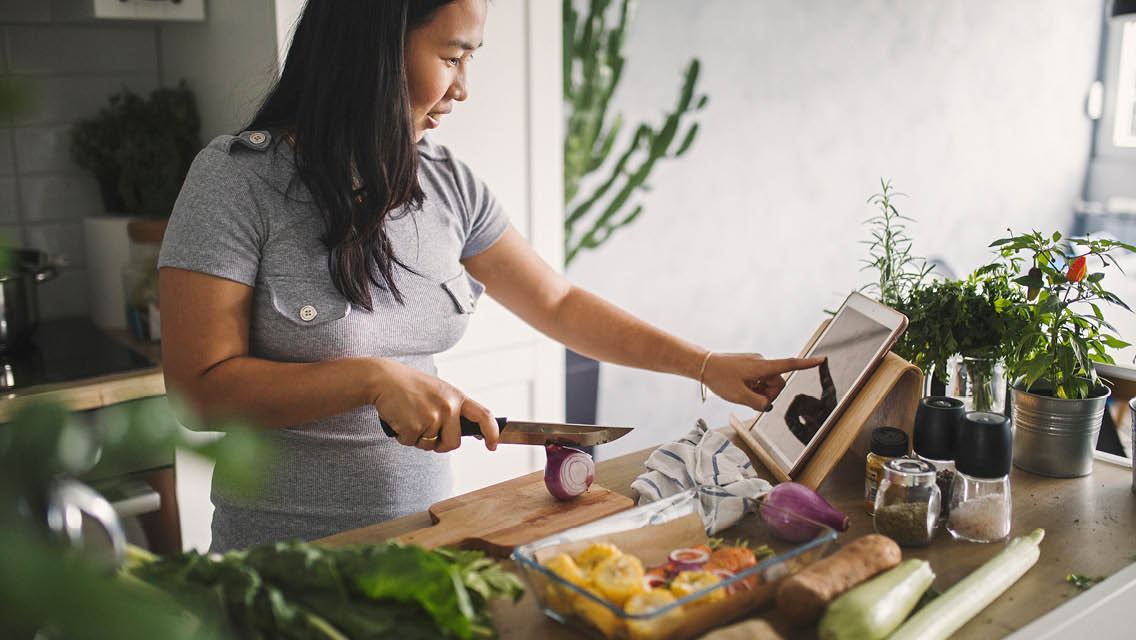I can still remember the family farms, dairies and local fisheries that dotted the landscape of the Long Island towns where my family spent our summers when I was a boy. Early-morning walks on the beach offered the vision of massive open-oar longboats headed out to sea in search of striped bass and bluefish. A bike ride home took me past the chug-a-chug of ancient tractors pulling potatoes out of the saltwater-fog-drenched soil. The smell of the loamy earth always held the promise of a visit to the farm stand for gumdrop-sized new potatoes and raspberry pie. But that was a long time ago. It’s been decades since the fast-food joints and giant supermarkets supplanted those centuries-old family farms, dairies, fisheries and other food producers I remember from our coastal community.
Now, however, the pendulum seems to be swinging back. Over the past 20 years, arguably the most important food trend has been the return to the interest in food for food’s sake. In the restaurant world, we’ve seen the trend toward sustainable farms providing seasonal foods to local restaurants and a heightened relationship between chefs and their ingredients. In local communities, we’ve seen gourmet clubs and other “foodies” seeking heirloom vegetables, pasture-fed meats and artisanal foods of all sorts.
Leading this change is the Slow Food movement, a grassroots effort that emphasizes the values of flavor, pleasure, cultural responsibility and eco-awareness over speedy preparation, convenience, mass-market ingredients and artifice.
On the Fast Track
The Slow Food movement began back in 1986 when Carlo Petrini and other Italian philosopher-foodies witnessed the family-run wineries, cheese makers and other food artisans they admired being run out of business by what seemed to be a manifest-destiny ploy to put fast-food purveyors such as McDonald’s on every street corner. Petrini was horrified by this new “culture,” where people no longer seemed to appreciate the taste of tree-ripened fruit or took the time to enjoy a homemade meal, and where much restaurant cooking seemed a competition that championed speed over taste.
Petrini created a manifesto designed to both celebrate and elevate the simple pleasures of homegrown and traditional peasant foods (think braised pot roast, and handmade breads from grain grown outside the baker’s front door and ground on site). The manifesto supported the notion that a rainbow of time-honored techniques and flavors were far ? better than a single, bland cuisine designed around maximum speed and convenience.
In America, the Slow Food movement gained momentum as many food lovers began to tire of the trend toward overly fussy children’s portions (known as nouvelle cuisine) and began yearning for the comfort foods that offered unadulterated pleasure – both in the making and the eating.
Internationally, the Slow Food movement offered the means to publicize the plight of sustainable food producers, reconnecting them with consumers and businesses alike, and aiding them in finding new markets. Slow Food’s regional groups, called convivial, located in 83 countries, put food lovers in touch with families that created artisanal cheeses and local honey, who hand-collect stone crabs and produced other sought-after commodities.
Now, every two years, the 65,000-member-strong Slow Food movement gathers for its five-day conference, the Salone del Gusto (hall of taste), an international food fair that has grown into one of the world’s best food events. Seminars, food-stall browsing, cultural celebrations and political speeches are all part of the agenda.
Still, as with any movement, there are the usual dissenters and critics. The most common complaints are that fresh food is too expensive and cooking from scratch and sourcing quality ingredients takes too much time. Some even claim that Slow Food is just a snobbish fit of fancy.
It’s true that Slow Food requires smart menu planning, but that can actually save you money by eliminating waste and discouraging impulsive quick-serve purchases. These days it costs less to buy the ingredients to make a cake from scratch than it does to buy a pre-packaged mix. In truth, with more small markets, national food chains and super stores now offering local products, organic selections and artisan foods, it often takes little or no additional effort to shop the Slow Food way.
Together, Slow Food growers and proponents are changing the way we eat by making the freshest, highest-quality ingredients available to everyone, not just superstar chefs.
Perhaps, someday soon, my kids will run down the beach where I grew up, watch the longboats toss out their nets, and then go to the local market to buy their fresh catch for dinner.
6 ways you can get into Slow Food right now:
- Shop locally and seasonally.
- Select organic or transitional-organic produce and free-range meats.
- Buy more whole foods, avoiding processed foods.
- Join a co-op, visit a farmer’s market and/or join a CSA (community-supported agriculture group).
- Sit down to eat at least one meal a day with someone you love.
- Cook one new recipe each week, emphasizing high-quality, whole-food ingredients.
Roasted Artichokes and New Potatoes with Lemon and Garlic
This stellar side dish is an ideal introduction for first-time slow foodies. It’s relatively simple in terms of technique, but it offers you the satisfying experience of shopping for fresh, high-quality ingredients and then layering the delicate flavors using a steamed-then-roasted approach. Pair it with roasted whole sea bass or grilled chicken, or serve on its own with a bracing salad and some cheese as a light lunch or dinner. Served cold, it also makes a great picnic item.
- 24 baby artichokes*, halved, and immediately soaked in 1 quart water mixed with the juice of one lemon
- 3 cups of the smallest new potatoes you can find (if small ones are unavailable, try quartering larger ones)
- 1 onion, diced
- 1 thinly sliced fennel bulb
- 1/4 cup freshly chopped dill
- 2 tbs. fresh oregano leaves
- 2 tbs. fresh-squeezed lemon juice
- 1/2 cup extra virgin olive oil
- 24 whole garlic cloves, peeled
- 1/2 cup dry white wine
Directions
- Drain artichokes and combine with the new potatoes.
- Steam them together over boiling water for eight or nine minutes or until just tender. Drain and reserve.
- Place half the oil in a large sauté pan over high heat and add the onion, fennel, oregano, half the dill and all the garlic. Sauté until just caramelized.
- Add the wine and simmer until pan is almost dry.
- Pull from the heat and add half the lemon juice and the vegetable mixture.Toss to combine.
- Arrange artichoke-potato mix in a single layer in a large ovenproof baking dish. Bake at 475 degrees for 20 to 25 minutes; vegetables should be browned and roasted.
- Season with remaining olive oil, dill, lemon juice and sea salt.
*If baby artichokes are unavailable, try using six globe artichokes instead. Simply quarter them and remove the hairy chokes prior to acidulation (soaking in the lemon water). Steam separately from the potatoes.
This article originally appeared as “Food for Food’s Sake” in the March 2004 issue of Experience Life.





This Post Has 0 Comments